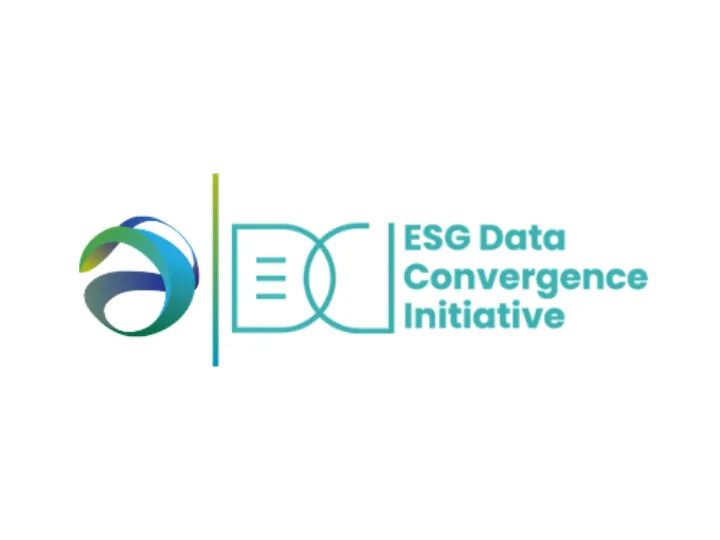

Spotlights
The SBTi (The Science Based Targets Initiative)

In many ways, climate change, and the risks associated, is a global collective action problem. We all know something must be done to lower greenhouse gas (GHG) emissions and combat climate change. But identifying the contributions that we are responsible for in achieving that goal can be difficult to determine. In many cases, just understanding the scope of an organization’s carbon footprint is difficult enough. But expectations, and the pressure that comes with them, are continuing to build. And developing a realistic decarbonization strategy, a path to “Net-Zero” in other words, poses many challenges.
Thankfully there are resources available to get started.
The Science Based Targets Initiative (SBTi) is an organization that was formed as part of a collaboration between the Carbon Disclosure Project (CDP), the United Nations Global Compact, The World Resources Institute (WRI), and The Worldwide Fund for Nature (WWF). The SBTi “provide(s) a clearly defined pathway for [organizations] to reduce GHG emissions, helping prevent the worst impacts of climate change and future-proof business growth.” Science-based targets reveal how much and how quickly an organization needs to reduce its own GHG emissions to prevent the worst effects of climate change. The challenges of addressing climate change as a global collective action problem become easier to narrow down as a case-by-case exercise with the tools and resources available through the SBTi.
So, what exactly is “Net-Zero”? Net-Zero refers to the concept of achieving a balance between the amount of GHGs emitted into the atmosphere and the amount removed, mitigated, or offset. The SBTi has developed the Corporate Net-Zero Standard to provide a consistent and robust framework for organizations to set Net-Zero targets aligned with climate science. Net-Zero goals are critical in the fight against climate change and to limit global temperature increases to 1.5 degrees Celsius above pre-industrial levels per The Intergovernmental Panel on Climate Change (IPCC) in accordance with the 2015 Paris Accords. The SBTi's Corporate Net-Zero Standard is designed to help organizations align their own GHG mitigation targets with these goals.
The development of the Corporate Net-Zero Standard involved a thorough process of consultation and collaboration. The SBTi formed an Expert Advisory Group (EAG) to provide consensus and guidance throughout the development process. The standard was also subject to public consultations and a company road test to gather feedback and ensure its effectiveness. It provides guidance, criteria, and recommendations for organizations to develop and set their own Net-Zero targets and covers various aspects of target setting, target commitments, background and technical resources, and reporting guidance.
Setting Net-Zero targets involves several steps outlined in the standard.
First, organizations are advised to select a base year and calculate their emissions through a comprehensive GHG inventory. That includes defining the organization’s emissions boundaries (i.e. what it is responsible for), as well as the sources of those emissions. All three scopes must be included and defined.
Scope 1 emissions refer to direct emissions from resources owned and controlled by a company, such as gasoline powered machinery.
Scope 2 emissions, on the other hand, are indirect emissions resulting from the generation of purchased energy from a utility provider, such as electricity. For most organizations, electricity is the primary source of scope 2 emissions.
Scope 3 emissions occur throughout the value chain of the reporting company, including both upstream and downstream emissions. Scope 3 emissions are linked to the company's operations but occur outside of its direct control.
Additionally, the SBTi provides various calculators for determining the numerical figures for these emissions sources, as well as tools that help organizations develop targets needed to achieve Net-Zero. Ideally, once the full scope of an organization’s emissions footprint has been finalized, it can then focus its attention on developing a long-term decarbonization strategy that encompasses the full emissions footprint. That includes reductions in its own emissions generation, but also holding value chain partners accountable in the process. Organizations are encouraged to set both near-term and long-term science-based targets, taking into account the specific requirements for each scope.
Secondly, because reporting, recalculation, and target validity are essential aspects of the Corporate Net-Zero Standard, additional guidance is provided to help organizations achieve their long-term decarbonization goals. It provides additional guidance for:
Target wording and communication to ensure clarity and transparency to all stakeholders.
Criteria and recommendations for Net-Zero target formulation.
Definitions of the Net-Zero concept and guidance on the structure, timeframe, and ambition of targets. That includes the different requirements that are outlined for all 3 emissions scopes.
Reporting principles, GHG inventory verification, and target description.
It also addresses substantial emissions variations and changes in targets, providing a policy for base year recalculation and threshold determination.
Organizations are required to report emissions and progress towards their targets. Once the full scope of an organization’s emissions footprint has been finalized, it will have to develop a long-term decarbonization strategy for the organization to achieve its Net-Zero goal.
At Aeterra, we have both the in-house resources and expertise to help our clients navigate this landscape. Our Workspace software platform is designed to help our clients aggregate and categorize their different emissions sources. This includes tallying their full enterprise-wide emissions totals and providing real-time data composite snapshots. Our team of experienced sustainability professionals offer a full range of expertise and guidance to ensure the clearest path forward for our clients. We’re here to help and act as a partner to our clients as they work towards solving these challenges.
Achieving Net-Zero is a crucial step to address climate change, and the SBTi's Corporate Net-Zero Standard provides a comprehensive framework for organizations to set science-based Net-Zero targets. By adhering to this standard, companies can map out a pathway to Net-Zero with a customized approach that makes sense for their business.
Additional Insights









